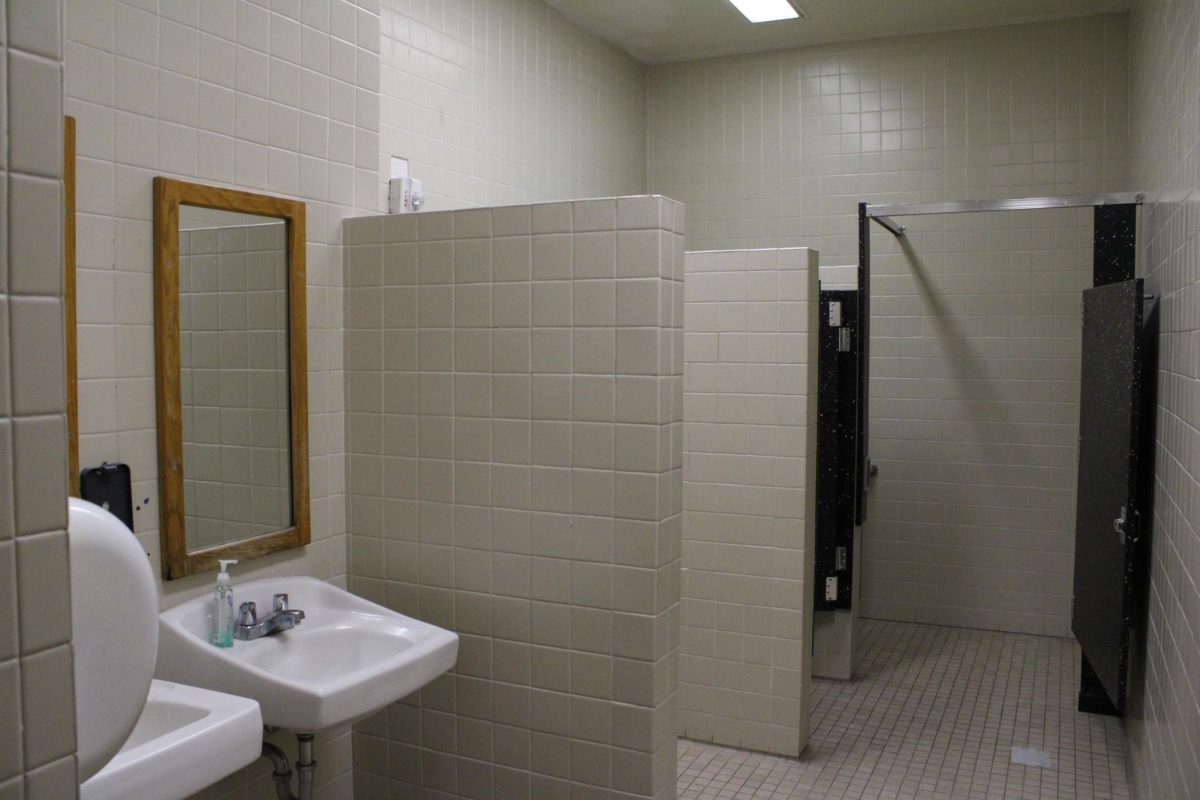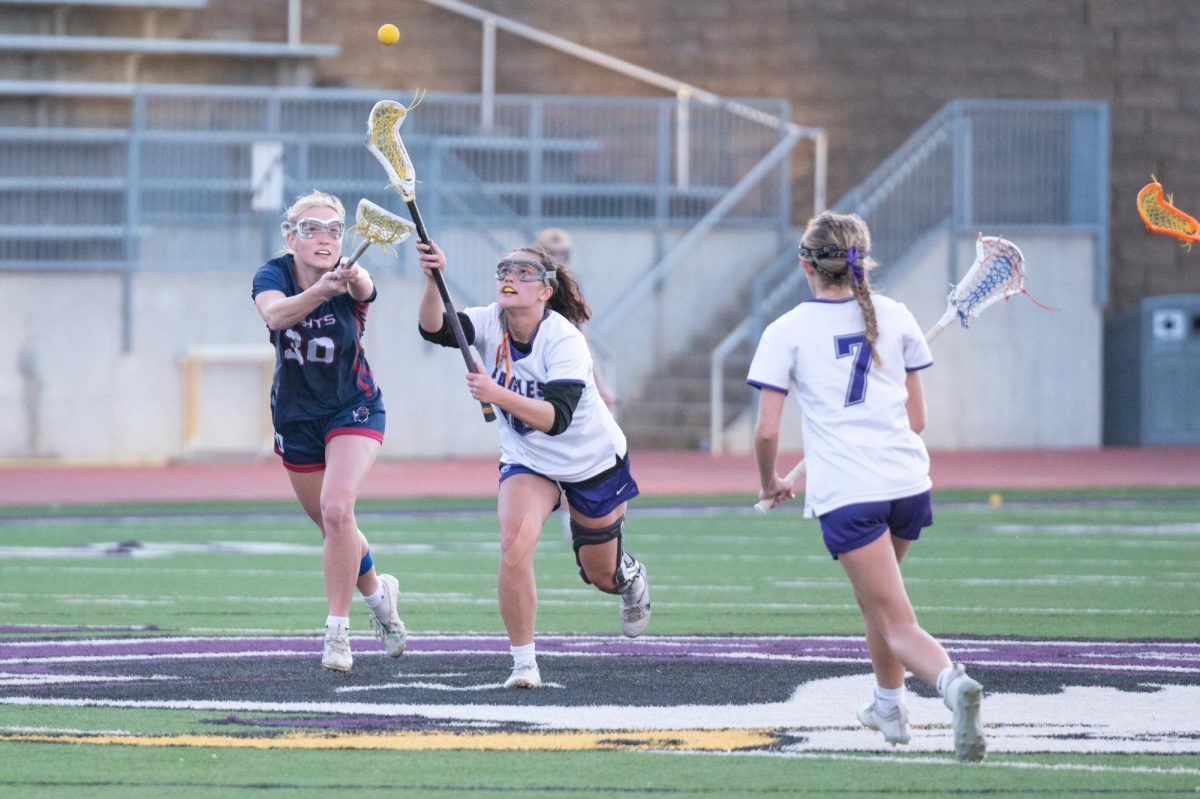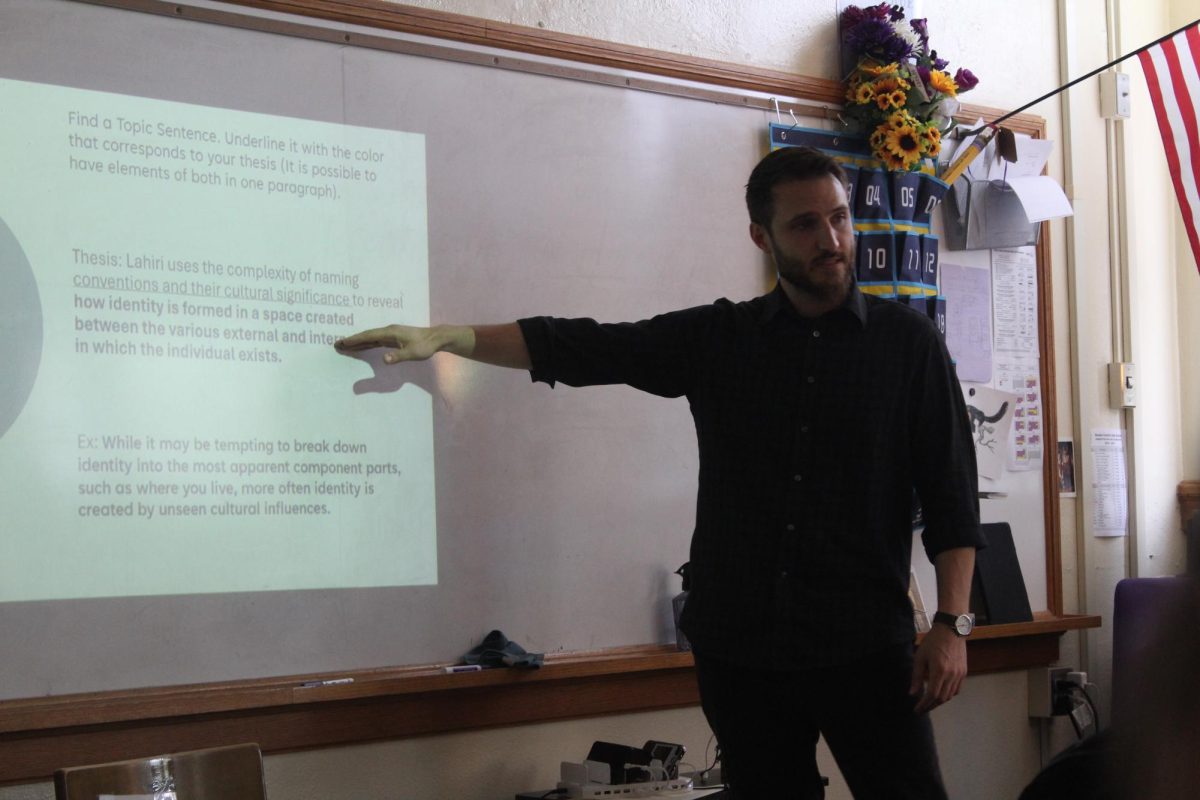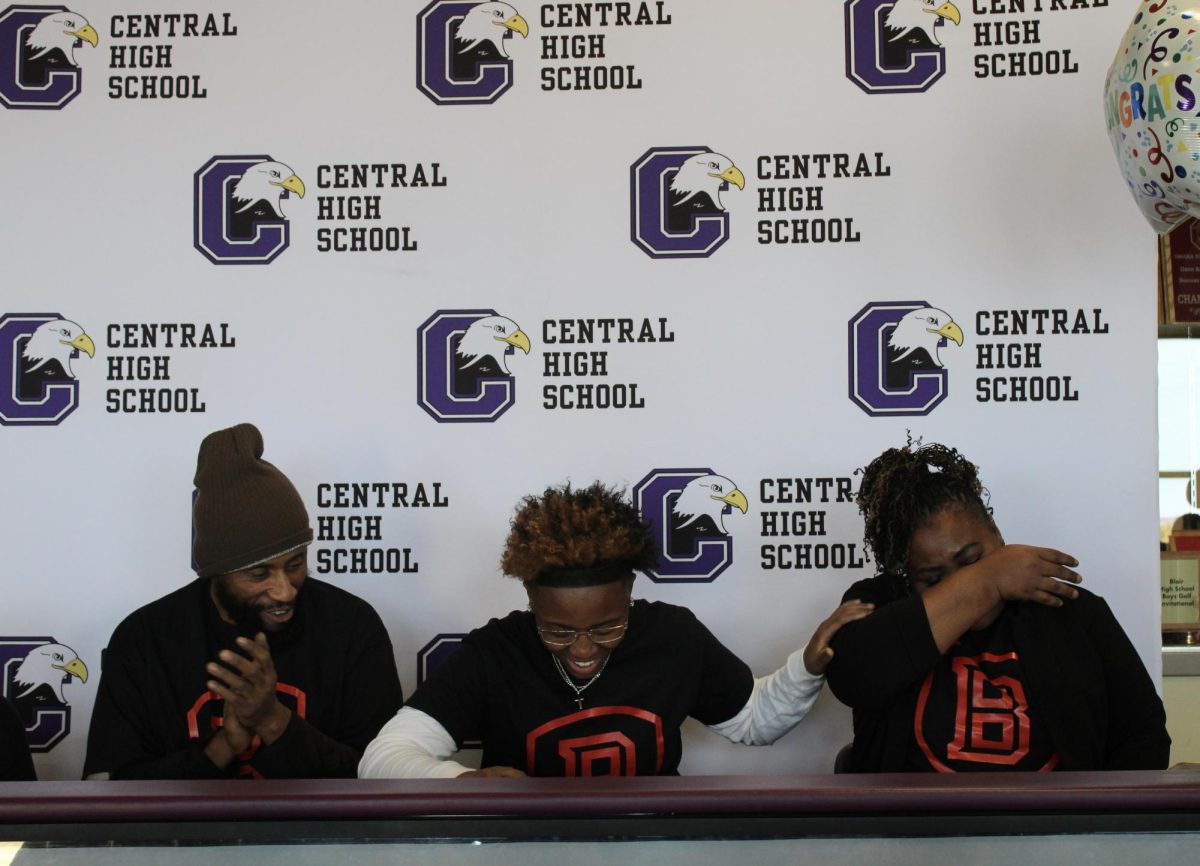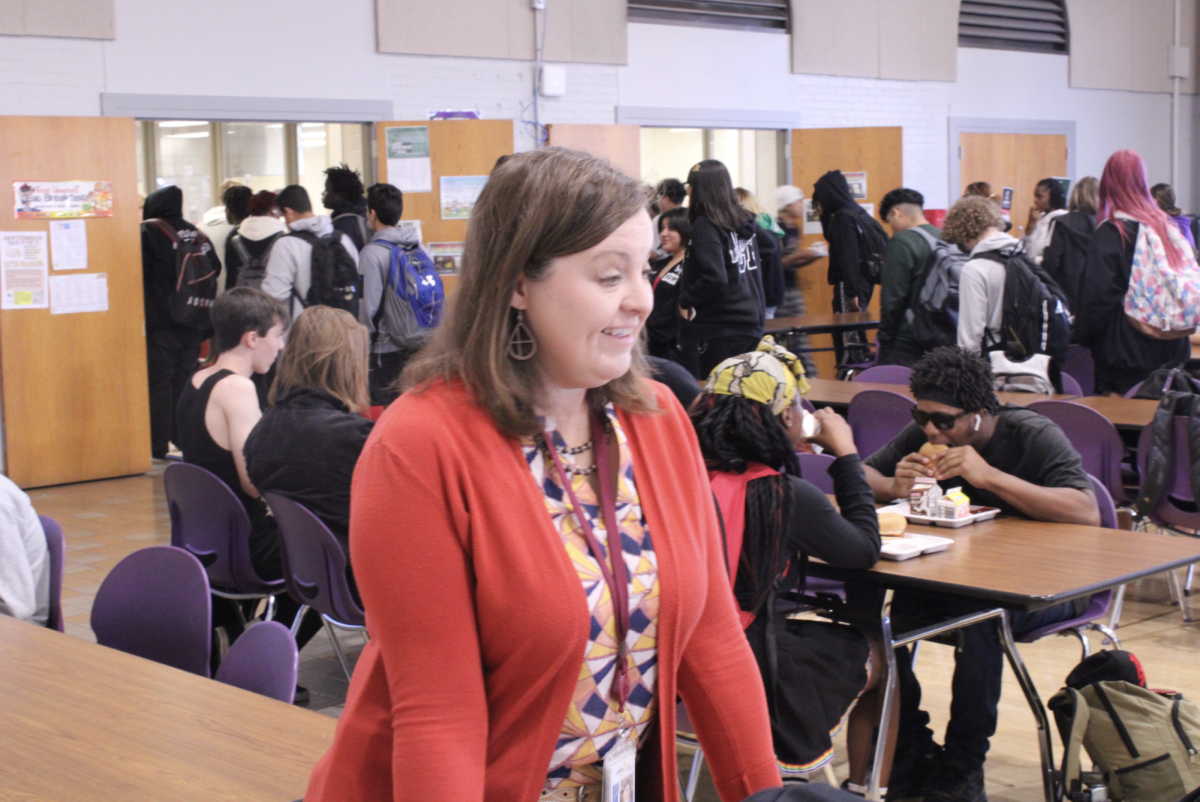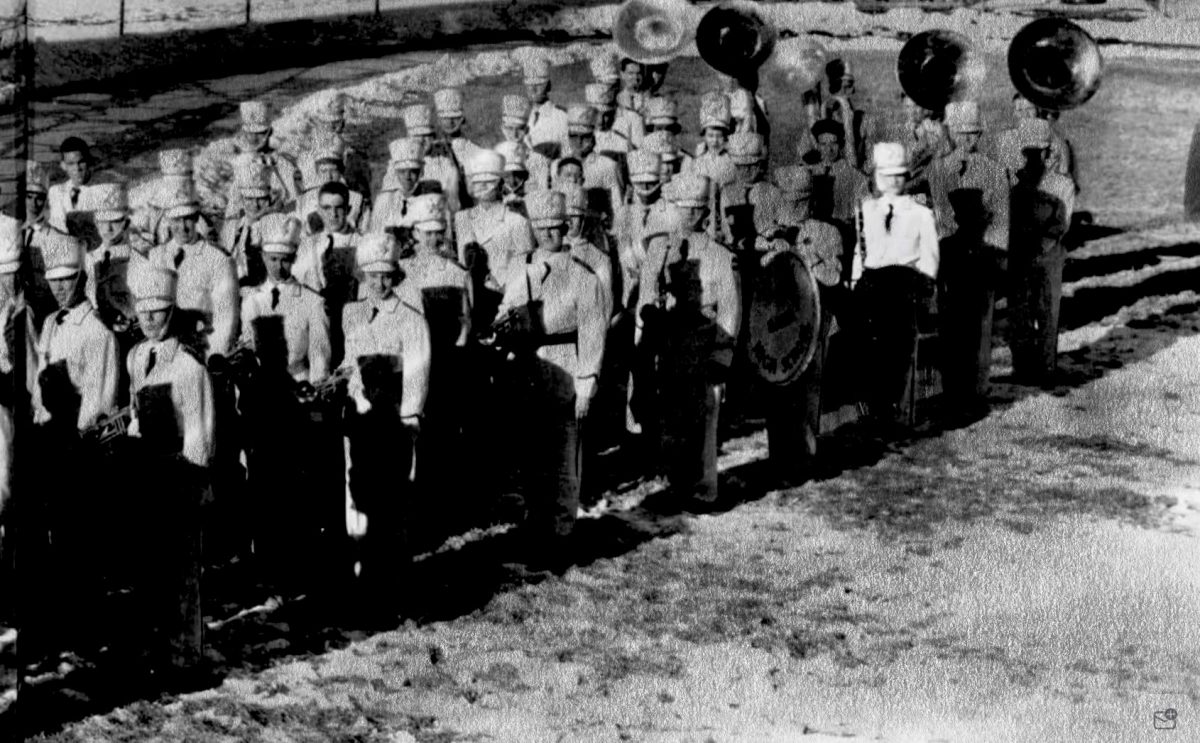Adjustments may be coming to Nebraska’s high school sports after years of calls for change. The changes could come in the midst of a chaotic time.
Benson cancelled its final two football games versus Lincoln Southeast and Millard South, Lincoln High forfeited the second half of its Oct. 10 football game against Millard South after being outscored in the first half 63-0, and Grand Island Senior High won’t have a varsity girls basketball team this season. The turmoil has created a perfect environment for legislative proposals brewing in the Nebraska School Activities Association.
One legislative proposal, authored by Central’s Athletic Director Rob Locken, would change the way scheduling for football in the NSAA’s Omaha-based district two works and will get a first hearing at the Nov. 13 district two meeting.
Currently, Class A is divided into six districts, four of which have five teams and two of which have six teams. They are based on a two-year power point system, which averages the number of wins and points a team had over the previous two years.
“My rationale is to create a schedule that is balanced and equitable,” Locken said.
His proposal would shift the number of Class A districts from the current six to four, keeping them based off the two-year power point system, and the winner of each district would automatically go to the playoffs. The top 12 teams out of the current 32 would also go to playoffs.
Teams will play seven assigned games, and two games based on their priority list of rivalries or out-of-state games, down from the limit of five priority games they can have now.
Each team would play two division one teams – teams that win more than 77% of their games – two division two teams (win between 55% and 77%), three division three teams (between 33% and 55%), and two division four teams (less than 33% of games).
Locken’s proposal is rivaled by fellow district two Athletic Director Scott Anderson of Fremont’s scheduling proposal.
Anderson’s proposal would instead split Class A into two districts from the current six: A-1 and A-2, with the top 16 teams of Class A heading to A-1 and the bottom 16 teams heading to A-2, adjusting as necessary when Class A expands. The playoffs would be expanded to 24 teams and all teams in A-1 would automatically qualify. The remaining eight spots would be filled by the top A-2 teams.
It would cut one regular season game in week nine and instead use week nine to start playoffs and add bowl games for teams who don’t make playoffs. Like Locken’s proposal, it only allows schools to receive two priority games.
The NSAA identified limited flexibility of priority games and future growth concerns as disadvantages of Locken’s plan but said it would create a more equitable and balanced schedule for all schools. They did not comment on Anderson’s proposal; however, it faces similar disadvantages. NSAA remains unbiased on all proposals but does provide information and facts at district meetings.
“We do not endorse, we enforce,” NSAA Assistant Director Jeffrey Stauss said of the numerous legislative proposals. He said no matter the outcome of whether a proposal passes or not, the role of the NSAA is solely to ensure fair enforcement of rules and regulations and help solve athletic problems in Nebraska schools.
In the Lincoln-based district one, a proposal from Lincoln Northeast Athletic Director Matthew Uher would shake up the way transfers in Nebraska work and discourage increasingly common “super teams.” Currently, students are given a 90-day exclusion from varsity sport eligibility if they change schools without a change in residence or if they do not verbalize a transfer by May 1 of the previous school year.
Uher’s proposal would increase the 90-day exclusion to a 180-day exclusion, drastically impacting students’ ability to freely transfer with no athletic repercussion while still allowing players plenty of time to transfer before May 1. It would hurt football out of all the sports the most, as it’s played in the fall season.
Central has both struggled and benefitted from increasing transfers, losing many star players to other schools. Jaylen Lloyd transferred from Central to Westside in 2022 and is now playing wide receiver at Nebraska for Matt Rhule. DaShawn Prince, a key wide receiver and basketball player for Central in the 2023-24 school year, transferred to a dominant Millard South this year. “The transfers disenfranchise our [OPS] schools,” Locken said of the transfer proposal. “There used to be a time when transferring meant you lost a year of [varsity] eligibility.” Locken is open to the idea of switching the transfer rules, but he won’t get a direct say unless it passes out of Lincoln’s district one and then heads to the whole state.
Locken also understands that none of the proposed solutions will fix all the issues plaguing high school sports, rather just help to mediate the situation. He said the efforts being made currently won’t necessarily benefit the bottom teams of Class A but will hope to improve support for middle-of-the-road teams in being competitive versus top teams.
It’s unclear if Locken, Anderson, or Uher’s proposals will advance out of their districts and then survive multiple votes at the state level in February and April. Regardless, Locken believes his proposal will spark needed attention to the many problems that need proactive solutions.
“I’ve had proposals fail in the past and some representatives aren’t super receptive, but it at least draws conversation about bringing some form of change to the table,” Locken said.
Locken’s proposal has a real shot at passing this time, with the support of athletic directors from Kearney, Papillion-LaVista and Lincoln East. “The schedules are not well distributed, and I think all of us athletic directors agree on that.”
The proposals will get their first hearings at the November NSAA district meetings, followed by further discussion and a district vote in January. The results of the meetings were not available at the time of print. If proposals advance past January, they will head to the Legislative Commission for review in February, followed by a statewide vote at the representative assembly in April. If a proposal passes in April, it will be adopted by the NSAA and then be ratified by schools if necessary.
Scheduling proposals notably have more urgency this year, as failure to pass this year means the schedule in district two will be made under the same system. If scheduling proposals pass, then they will be implemented in time for the two-year schedule that will be set next fall.



